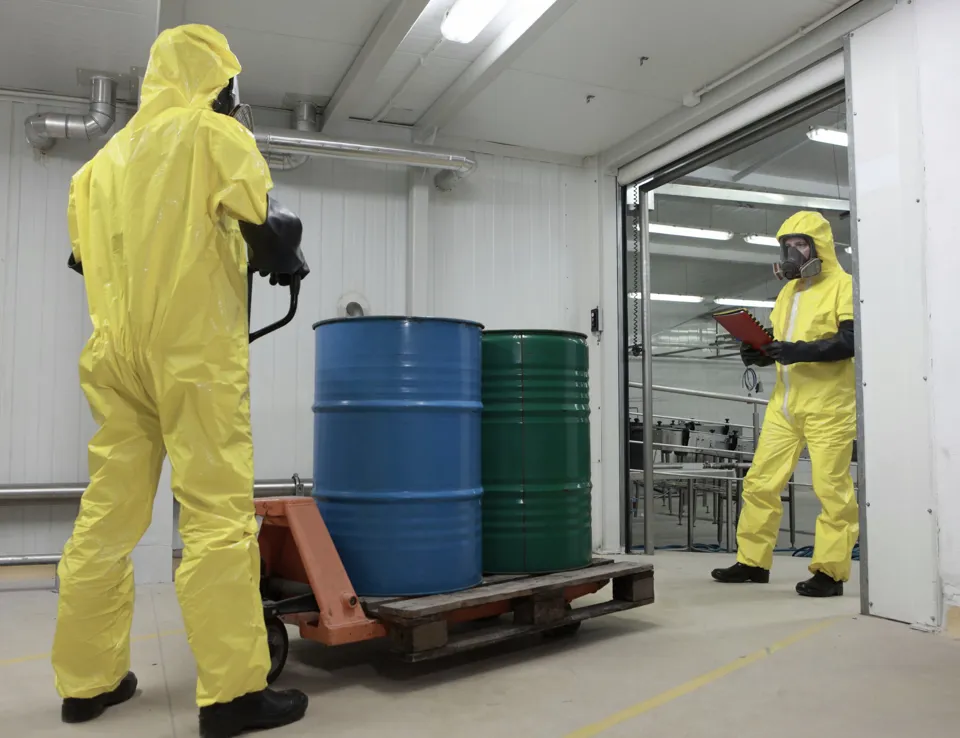Navigating the New CLP Hazard Classes: Challenges and Considerations
Last year, in an amendment to the EU Classification, Labelling and Packaging (CLP) Regulation, the European Commission introduced six new hazard classes which potentially pose significant challenges for companies assessing their products against the new criteria:
- Persistent, Bioaccumulative and Toxic (PBT), and very Persistent and very Bioaccumulative (vPvB)
- Persistent, Mobile and Toxic (PMT), and very Persistent and very Mobile (vPvM), and
- Endocrine Disruptors (ED) for human health and the environment.
Companies face several key challenges in complying with the new requirements:
- Tight implementation timeline: Companies must act quickly to review their entire product line. Deadlines fall between May 1, 2025, and May 1, 2028, depending on the product type (substance or mixture) and whether the product is already placed on the market. Performing these assessments can be a lengthy process, and sometimes it is necessary to conduct additional tests or generate new data to determine if substances or mixtures meet the criteria for the new hazard classes.
- Data gaps and complexity of assessments: Many substances lack some of the data required for comprehensive assessments and properties such as mobility and endocrine disruption have not needed to be considered before. In the case of persistence evaluations, complex and costly high-tier simulation tests (such as OECD 307, 308, 309) may be required. These aim to assess degradation under more realistic environmental conditions – existing simulation test data are few and far between.
- Lack of expertise: The assessments required for these new hazard classes are complex and relatively new. New guidance is expected to be made available this month, however existing guidelines can be referred to in the meantime (e.g. the REACH Guidance on Information Requirements and Chemical Safety Assessment, Part C (R.11): PBT/vPvB assessment for identifying persistent, bioaccumulative and toxic properties and the EFSA-ECHA guidance for the hazard identification of endocrine disrupting properties). Although some guidance is available, these documents are long and complicated, and companies may lack the necessary expertise and knowledge to carry out these assessments properly.
Evaluating substances for these new hazard classes involves navigating numerous pitfalls and interpreting complex test results. For instance, the assessment of substance persistence faces significant challenges, from the inherent variability of degradation testing to the unique properties of the substances being tested. Furthermore, certain substance types may also present their own challenges, such as testing volatile substances for biodegradation by measuring CO2 production, which can lead to inaccurate results through the substance escaping from non-airtight systems and would falsely indicate low biodegradation potential. If not appropriately considered and addressed, these complexities and challenges may result in the misclassification of substances.
Additionally, complex substances known as UVCBs (substances of unknown or variable compositions, complex reaction products, and biological materials) present further difficulties. Each constituent of a UVCB has distinct environmental fate and toxicity properties, necessitating tailored assessment approaches. Comprehensive data collection for each constituent is required, demanding significantly more data than for mono-constituent substances.
The next challenge
All the assessments require a weight of evidence (WoE) approach to be applied. This includes all available data such as non-standard tests and QSARs. The next challenge then lies in the "how" – how can conclusions be transparently and rigorously drawn regarding the substance from this array of evidence? Additionally, how can the quality of this information be gauged? While frameworks outline the use of approved guideline test methods and quality standards, the question remains: how can “non-standard" evidence be utilised and quality assessed when considering aspects such as relevance and reliability?
Ricardo, in conjunction with Concawe and the International Collaboration on Cosmetics Safety, has developed the Persistence Assessment Tool (PAT) to help users carry out persistence assessments in a consistent, transparent and robust way. The tool provides a structured and clear methodology to systematically capture and store information on persistence, evaluate data quality, carry out a robust and transparent weight of evidence determination and assess persistence in line with global regulatory frameworks.
A number of guidance documents have also been developed as part of a CEFIC- Long Range Initiative (LRI) research project (ECO52) to help address the persistence of difficult test substances, complex substances, polymers and microplastics, multimedia fate modelling and weight of evidence.
Where to start
Given these challenges, companies should be asking:
- Do we have the in-house expertise to conduct these assessments accurately?
- What additional testing or data generation might be required for our products?
- How can we ensure compliance within the given timelines?
- Are we prepared to handle the potential regulatory and market implications of new hazard classifications?
To address these questions and navigate the complexities of the new CLP hazard classes, companies should consider seeking expert assistance. At Ricardo, our specialists in chemical safety and regulatory compliance can provide valuable insights on:
- Conducting thorough product reviews to identify substances potentially affected by the new classifications
- Designing and interpreting appropriate tests for PBT, vPvB, PMT, vPvM, and ED properties
- Applying weight-of-evidence approaches
- Navigating the complexities of assessing UVCBs and difficult to test substances
- Ensuring compliance with regulatory timelines and requirements
Learn more about our solutions for the chemical sector >









